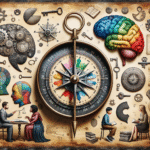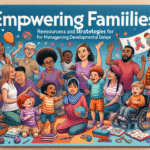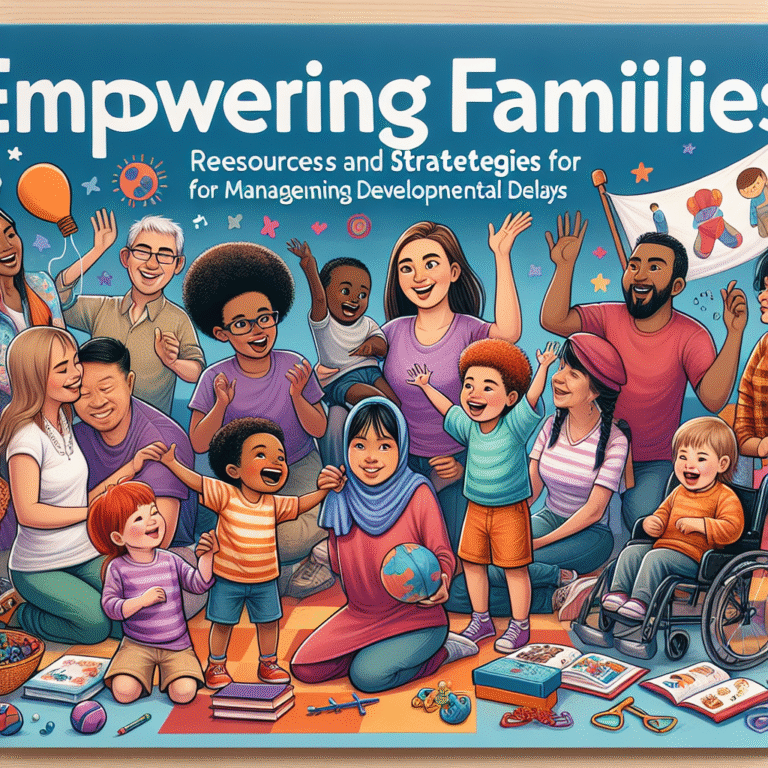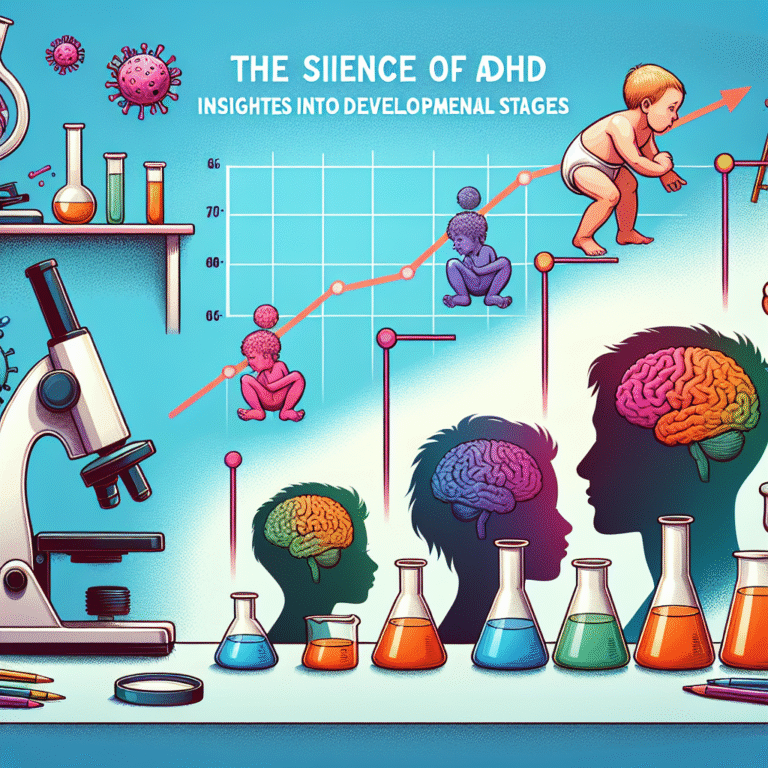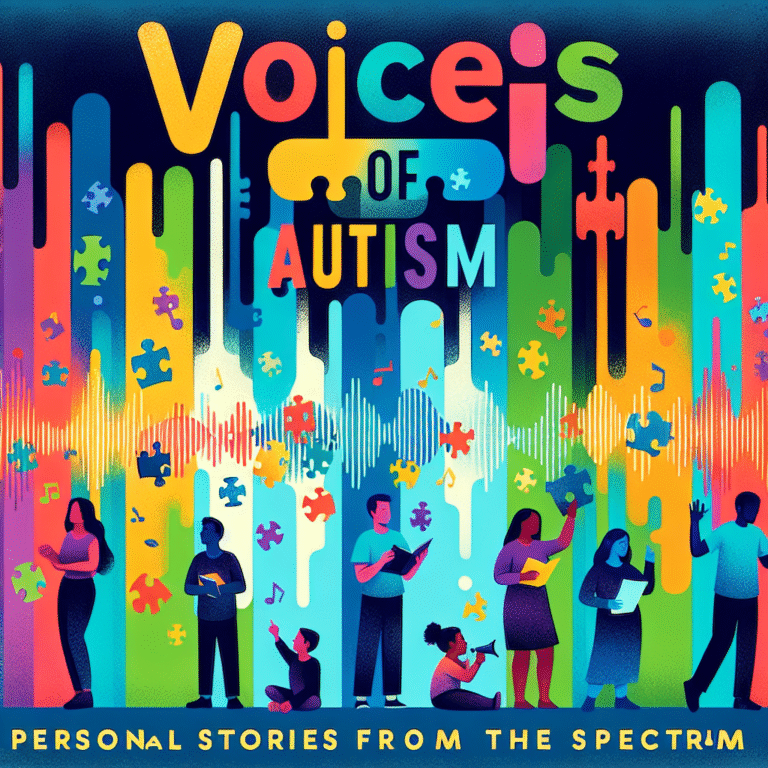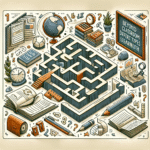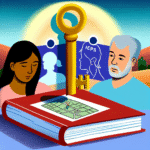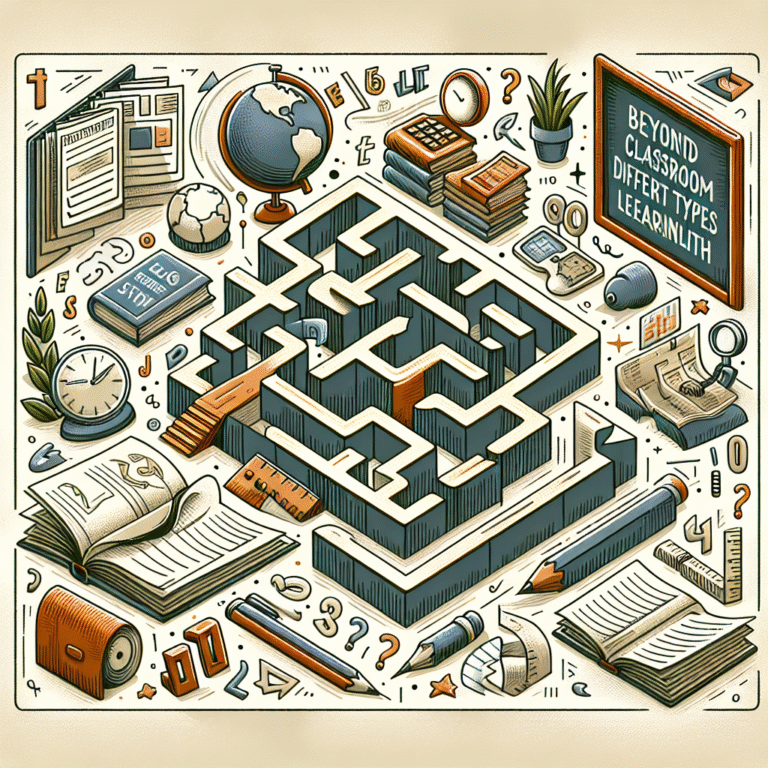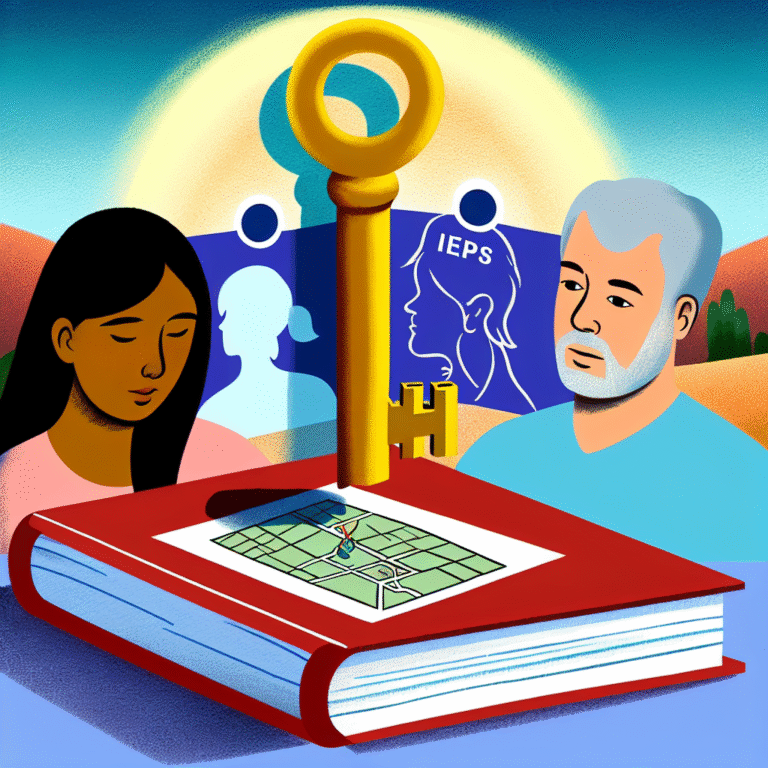Introduction
Imagine watching a tiny baby take their first unsteady steps. That moment is not just a milestone in their life; it embodies a complex symphony of physical growth, neurological development, and experiential learning. Motor development encompasses all the skills allowing us to move, balance, and interact with the environment. Understanding motor development is essential not just for parents and educators but for anyone interested in human growth and potential. In this article, we will embark on a captivating journey through Motor Development: Tracking Milestones of Movement from Infancy to Adulthood, exploring the key stages, the factors influencing development, and how to support optimal growth at each stage of life.
Understanding Motor Development
Motor development pertains to the progression of physical skills from infancy through adulthood. It typically divides into two categories:
Gross Motor Skills: These involve larger movements utilizing entire body muscles, such as crawling, walking, and running.
- Fine Motor Skills: These involve smaller, more precise movements, such as grasping, writing, and manipulating small objects.
The Importance of Tracking Motor Milestones
Tracking milestones offers vital insights for parents and healthcare professionals alike. Early detection of delays or issues can pave the way for timely interventions. Furthermore, understanding these milestones fosters a deeper appreciation of how children interact with their world, leading to supportive environments where they can thrive.
Motor Development in Infancy
Newborn to 3 Months
Reflex Actions: Newborns come into the world with reflexes like grasping and rooting, essential for survival.
- Head Control: By three months, infants can lift their heads while lying on their stomach, signaling developing neck muscles.
4 to 6 Months
Rolling Over: At around four to six months, infants master rolling over, a critical skill fostering spatial awareness.
- Sitting Up: By six months, most infants can sit with support, progressing toward independent sitting.
Case Study: Baby Milestones
Consider baby Emma, who rolled over at four months and started sitting with support by five months. Her pediatrician noted that she was meeting her developmental markers, affirming the importance of tracking milestones. This case illustrates that consistent monitoring can help caregivers recognize normal progression or identify potential developmental delays.
Table 1: Milestones from Newborn to 6 Months
| Age Range | Gross Motor Skills | Fine Motor Skills |
|---|---|---|
| Newborn | Reflexive movements | Grasping reflex |
| 1-3 months | Head lifting | Swiping at objects |
| 4-6 months | Rolling over, Sitting | Raking grasp |
Motor Development in Early Childhood
1 Year to 2 Years
Walking: Most infants walk independently by their first birthday, marking a significant gross motor milestone.
- Fine Motor Skills Progress: They begin to use objects purposefully, like stacking blocks or scribbling.
2 to 3 Years
Running and Jumping: Young toddlers develop the ability to run, jump, and navigate obstacles, laying foundations for future athleticism.
- Self-feeding: Fine motor skills rapidly develop, allowing for self-feeding using utensils.
Case Study: Growth in the Toddler Years
Take Liam, who ran for the first time at eighteen months. His parents encouraged him by providing safe spaces to explore. Tracking his movements helped them appreciate these milestones while ensuring a supportive learning environment.
Table 2: Milestones from 1 to 3 Years
| Age Range | Gross Motor Skills | Fine Motor Skills |
|---|---|---|
| 1-2 years | Walking, Running | Pincer grasp, Stacking objects |
| 2-3 years | Jumping, Climbing, Kicking | Using scissors, Drawing shapes |
Motor Development in Middle Childhood
4 to 6 Years
Improved Coordination: Skills like hopping and skipping demonstrate enhanced coordination and balance.
- Riding a Bike: Many children learn to ride a bike in this age range, symbolizing independence and confidence.
6 to 12 Years
Complex Motor Skills: Kids refine skills involving sports or dance, developing teamwork and social skills.
- Handwriting Proficiency: As fine motor skills advance, so does the ability to write legibly.
Case Study: Sport Skills Acquisition
Phoebe, a six-year-old, joined a soccer team. With practice, she honed her running and hand-eye coordination, showcasing the interplay between motor development and social skills. Her experience underscores how tracking milestones can build a framework for skill acquisition and enjoyment.
Table 3: Milestones from 4 to 12 Years
| Age Range | Gross Motor Skills | Fine Motor Skills |
|---|---|---|
| 4-6 years | Hopping, Skipping, Riding a bike | Writing letters, Simple crafting |
| 6-12 years | Team sports, Dance, Coordination games | Writing paragraphs, Art projects |
Motor Development in Adolescence
13 to 18 Years
Peak Physical Development: This period often sees adolescents achieving peak strength, endurance, and agility.
- Skill Specialization: Many youth focus on specific sports, underscoring the importance of practice and discipline in skill enhancement.
Case Study: Adolescent Athlete
Consider Jordan, a sixteen-year-old competitive swimmer. His commitment to training refined his motor skills while promoting discipline and teamwork. This demonstrates how monitored growth fosters not just physical abilities but essential life skills.
Table 4: Milestones from 13 to 18 Years
| Age Range | Gross Motor Skills | Fine Motor Skills |
|---|---|---|
| 13-15 years | High-level sports skills, Strength | Advanced artistic skills, Writing essays |
| 16-18 years | Specialized sports techniques | Complex project execution |
Motor Development in Adulthood
Young Adulthood (19 to 30 Years)
Peak Physical Performance: Motor abilities are often at their peak, especially for athletes.
- Continued Skill Aging: Many adults maintain physical fitness through regular exercise but may also experience a gradual decline in speed and agility.
Middle Adulthood (31 to 60 Years)
Decreased Agility: As muscle mass and joint flexibility decline, adults may notice changes in their motor skills and overall agility.
- Focus on Fitness: Ongoing fitness regimes become pivotal in maintaining motor skills.
Older Adults (60+ Years)
Increased Need for Balance: Balance and flexibility become increasingly critical as risk for falls rises.
- Adaptation and Support: Motor development does not cease; it merely adapts to new challenges and changes.
Conclusion
Motor development is a lifelong journey defined by critical milestones. Motor Development: Tracking Milestones of Movement from Infancy to Adulthood equips us to recognize our physical potential and that of those around us. Insight into these stages fosters understanding, awareness, and compassion in how we nurture our children, support our peers, and care for our aging loved ones.
FAQs
1. What are the key stages of motor development?
Motor development is generally categorized into stages: infancy (birth to 1 year), early childhood (1-5 years), middle childhood (5-12 years), adolescence (12-18 years), and adulthood (18+).
2. How can I support my child’s motor development?
Encourage physical activities that promote both gross and fine motor skills, provide safe spaces for exploration, and engage in play that involves running, jumping, and manipulation of objects.
3. What if my child is not hitting milestones on time?
It is essential to consult with a pediatrician or child development specialist for evaluation. Early intervention can address specific developmental delays effectively.
4. Are motor skills genetic?
Genetics plays a role, but environmental factors, such as physical activity, play, nutrition, and social interaction, significantly influence motor development.
5. Do motor skills decline with age?
Yes, motor skills can decline with age due to factors like decreased muscle mass, joint flexibility, and coordination. Regular physical activity can help mitigate these effects.
This comprehensive guide on Motor Development: Tracking Milestones of Movement from Infancy to Adulthood serves not only as an informative resource but as a testament to the human experience—a journey of growth, discovery, and connection. Embrace the milestones, and empower yourself and those around you to thrive at every stage of life.
